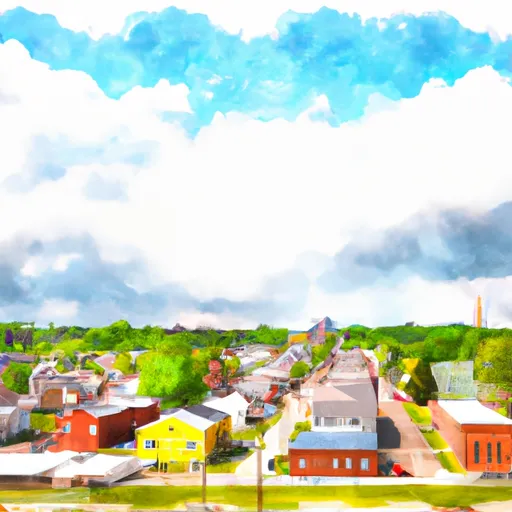°F
°F
mph
Windspeed
%
Humidity











Dorset, Ohio is a small village situated in Ashtabula County in the northeast region of Ohio. The climate of this region is characterized by cold winters and warm summers with an average temperature of 52°F. The village is surrounded by several bodies of water, including Pymatuning Creek, which is a major tributary of the Grand River. The water quality of Pymatuning Creek is monitored by the Ohio Environmental Protection Agency, and the creek is known to have elevated levels of nitrogen and phosphorus. Despite the hydrology concerns, there are many outdoor recreation opportunities in the area, such as hiking and mountain biking in the nearby state parks and hunting and fishing in Pymatuning Wildlife Area.
Weather Forecast
Dorset receives approximately 1147mm of rain per year, with humidity levels near 80% and air temperatures averaging around 9°C. Dorset has a plant hardyness factor of 5, meaning plants and agriculture in this region thrive during a short period during spring and early summer. Most plants will die off during the colder winter months.
Regional Streamflow Levels
200
Cubic Feet Per Second
299
Cubic Feet Per Second
1,010
Cubic Feet Per Second
174
Cubic Feet Per Second
Nearby Camping
| Camping Area | Reservations | Toilets | Showers |
|---|---|---|---|
| Tuttle - Pymatuning State Park | |||
| Jefferson Lake State Park | |||
| Pymatuning State Park | |||
| Beaver Creek State Park | |||
| Jamestown - Pymatuning State Park | |||
| Tomlinson Run State Park |



